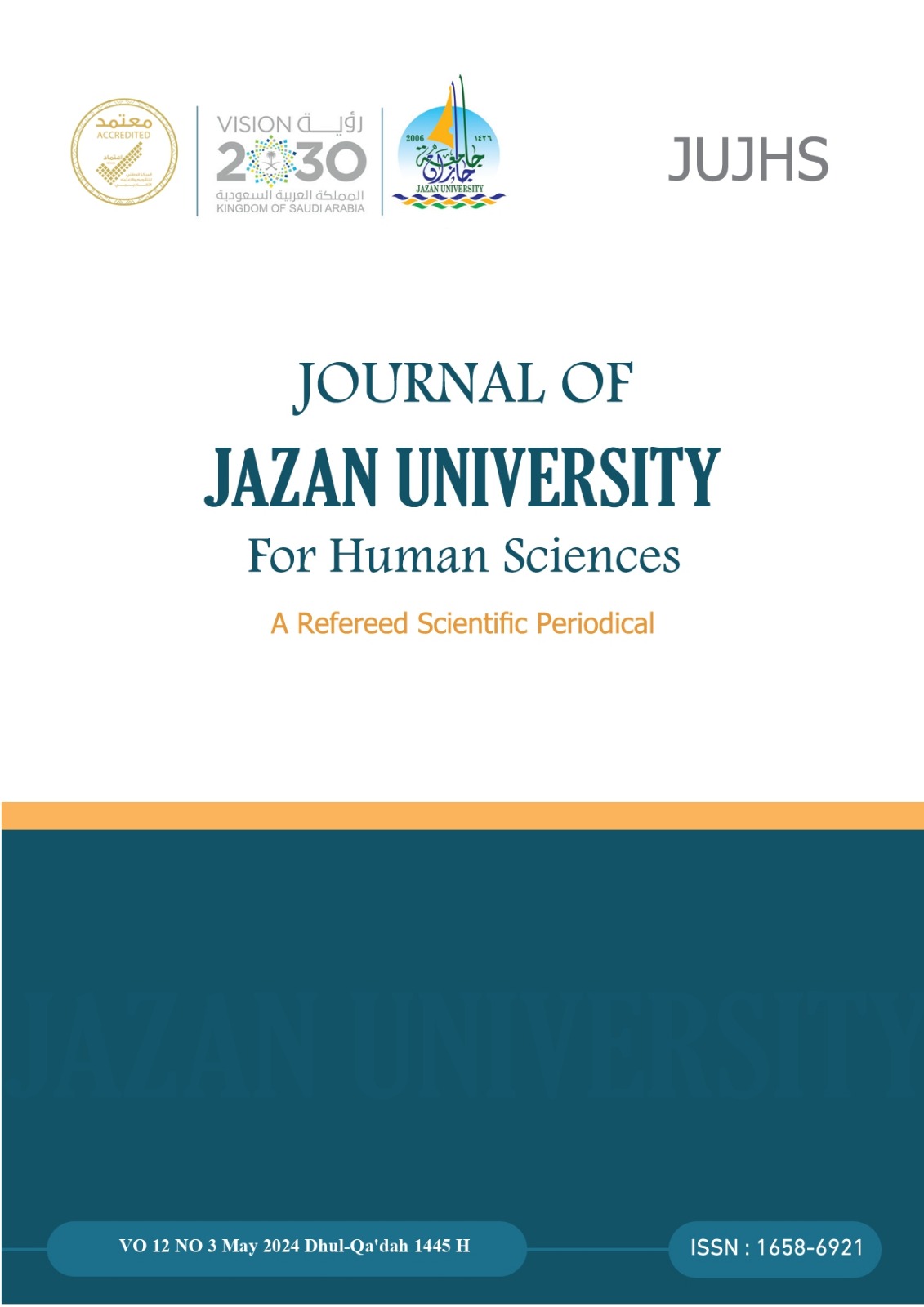Sentence boundaries and type shifts in literary translation from English to Arabic: A case study of Anton Chekhov's "Misery"
Keywords:
Punctuation Marks, Frankenberg-Garcia's Punctuation Criteria, Sentence Boundaries, Sentence Splitting and Joining, Sentence TypeAbstract
Sentence boundaries in Arabic are determined by the completion of the meaning of the sentence, while in English they are typically indicated by capital letters and punctuation marks. The present study investigates how sentence types and boundaries change when translating from English to Arabic. The researcher compares and analyses the English short story "Misery" by Anton Chekhov and its Arabic version "الشقاء". This short story is chosen by the researcher because it belongs to contemporary literature. The chosen examples of analyzed phenomena (sentence boundaries and type shifts) are clear and straightforward ones found in the short story. By investigating the application of Frankenberg-Garcia's criteria for shifts of sentence boundaries and punctuation marks during translation, the researcher highlights the transfer and change of sentence boundaries during translation. The current study aims to reveal the similarities and differences between English and Arabic punctuation usage, in spite of the fact that Arabic punctuation rules are borrowed from the West. The main conclusion is that the English and Arabic systems use punctuation marks similarly in many cases. Due to these similarities, translators can clearly and simply transfer the meaning from English to Arabic, in most cases, despite their different origins. Sentence joining and splitting techniques can be studied further for application in the genres of international agreements and news articles.
Downloads
Downloads
-
PDF
83
48
Published
Issue
Section
License
Copyright (c) 2024 CC Attribution 4.0

This work is licensed under a Creative Commons Attribution 4.0 International License.





